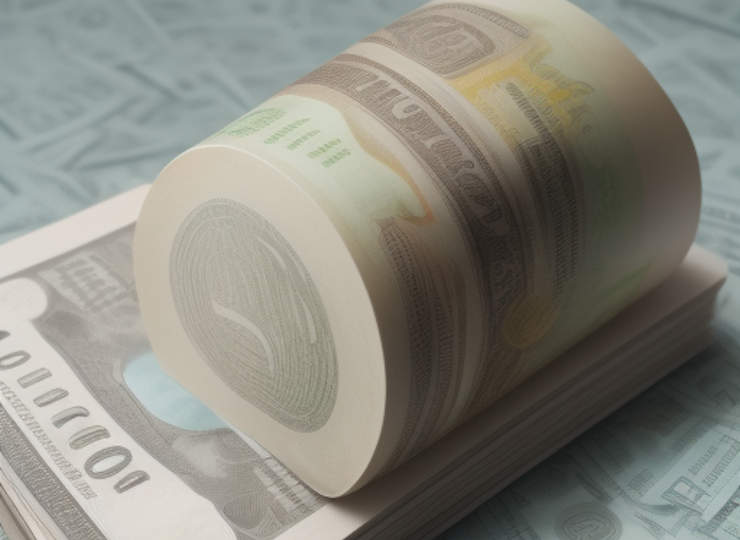文字のサイズ
- 小
- 中
- 大
The dollar-yen exchange rate has been volatile in response to foreign exchange intervention
At last week’s BOJ policy meeting, the Bank of Japan said that the recent depreciation of the yen “does not have a significant impact on the underlying price inflation rate”.

The yen temporarily surged to around 160.25 yen on Monday morning. However, the dollar subsequently plunged to below ¥155. The Ministry of Finance appears to have intervened in the currency market (Treasurer Kuroda said “no comment” and “working on it”).
At last week’s Bank of Japan policy meeting, Governor Ueda was less hawkish in his press conference. The BOJ policy meeting was expected to see some action from the BOJ side in light of the recent depreciation of the yen, but the Governor’s press conference fell short of such expectations. In particular, the Governor’s answer of “Yes” to the question “Is it correct to say that the recent depreciation of the yen has had a negligible impact on the underlying inflation rate?
Although there were two sharp falls after the press conference, which made it look as if there might be intervention, no steps were taken to raise interest rates and curb the yen’s depreciation, and the Ministry of Finance’s currency intervention was also limited after Yellen’s statement, and there was a sense that there was no longer any entity in sight to stop the yen’s depreciation. Therefore, this opportunity did not help to reverse the basic trend of a strong dollar and a weak yen.
What remains to be seen is the extent to which foreign exchange intervention will allow the yen to strengthen, but there appears to be strong buying interest in the dollar at the ¥155 level. For all the intervention, the fall in the dollar/yen seems to be slow. Intervening at too high a level would simply provide a buying opportunity, but a drop of this magnitude would not seem to have inflicted a major wound on speculators. At the next push, we would like to buy the dollar-yen.






